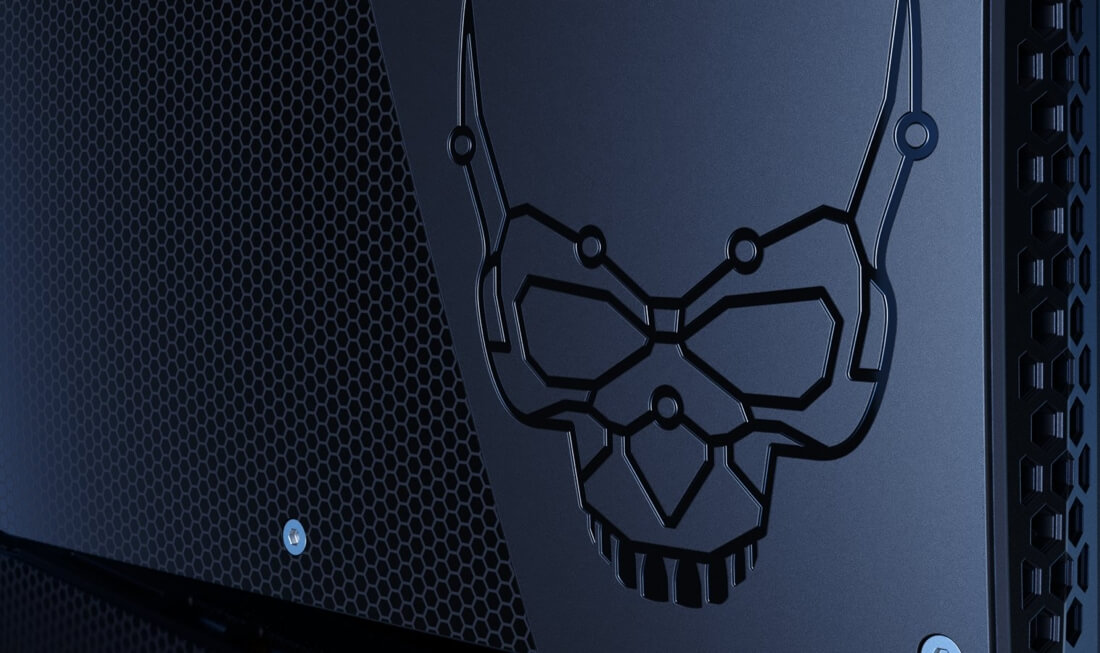The ASRock doesn't have Thunderbolt. So... no deal.
Despite this unit's somewhat compromised Thunderbolt implementation, at least it's present. It's time to start rejecting products stuck in the past. Thunderbolt is a great way to minimize the compromises of a very compact computer, so failure to take advantage of it is just dumb at this point.
Is it worth paying more than double the price for Thunderbolt support when comparing the NUC6i7KYK and DeskMini. Assuming the DeskMini did have TB for a moment what would you use it for?
Yes it's worth double. Because having Thunderbolt in a laptop or NUKE is priceless. You would use TB for anything you need or want 40GB/sec of bidirectional data transfer for. Docking hubs, external storage, or GPUs. If massive bandwidth being available to SFF machines doesn't interest you because 90's style computers are more interesting- there's nothing left to discuss.
OscarG has it right. It's time to move on from products stuck in the past. You gain a lot more than just TB3 with Skull Canyon though. That's just the thing that pushes it over the edge into must-buy territory for many of us. I know it was for me. I plan on using the USB-C port for external storage myself, but will use it for a GTX 1080 if I decide I ever need more than the Iris Pro. Which in my case, I highly doubt. What I do need is a low power, but capable machine that I can leave on for long periods of time to run my various projects at the house. Combined with enough GPU power for light gaming, which this has and I'm happy.
I've been PC gaming since the 80s and kids think that computers are just upgradable consoles. Some of us are real computer people who do work and other projects- that's what this NUC is for. That's why so many "just don't get it" as to why someone would want it, or why Intel would make it. I can't wait till consoles start their PS4 Neo phase with more frequent upgrades so we can deport these PC-Gamer-console-peasants in sheeps clothing back to their game consoles. I'll still be computing with Oscar G.
Even if it's a $650 NUC, because that price is actually a deal if you think about it.
The one quibble I had with the otherwise good review was that it's been proven time and time again that PCIE 1.0 x16 / 3.0 x4 bandwidth that Thunderbolt3 provides is more than enough for modern GPUs. There is no bottleneck on anything other than max FPS. No change on minimums or frametime latency. Which are by far the most important things.
As far as costs, there will be more TB GPU cases arriving soon. If you're strapped for cash: wait for the Rosewill. Actually, if you're strapped for cash and a "bang for buck" buyer rather than a "buy what I need" buyer, then just build a butt-ugly ATX/ITX machine and go away. Yes there are better bang for buck options like mini-ITX but I find that a tasteless choice compared to Skull Canyon.
NUCs and laptops are the future. The disappearing mainstream desktop market and Thunderbolt together will ensure that regardless of anyone's thoughts or opinions. Just a matter of (short) time.
